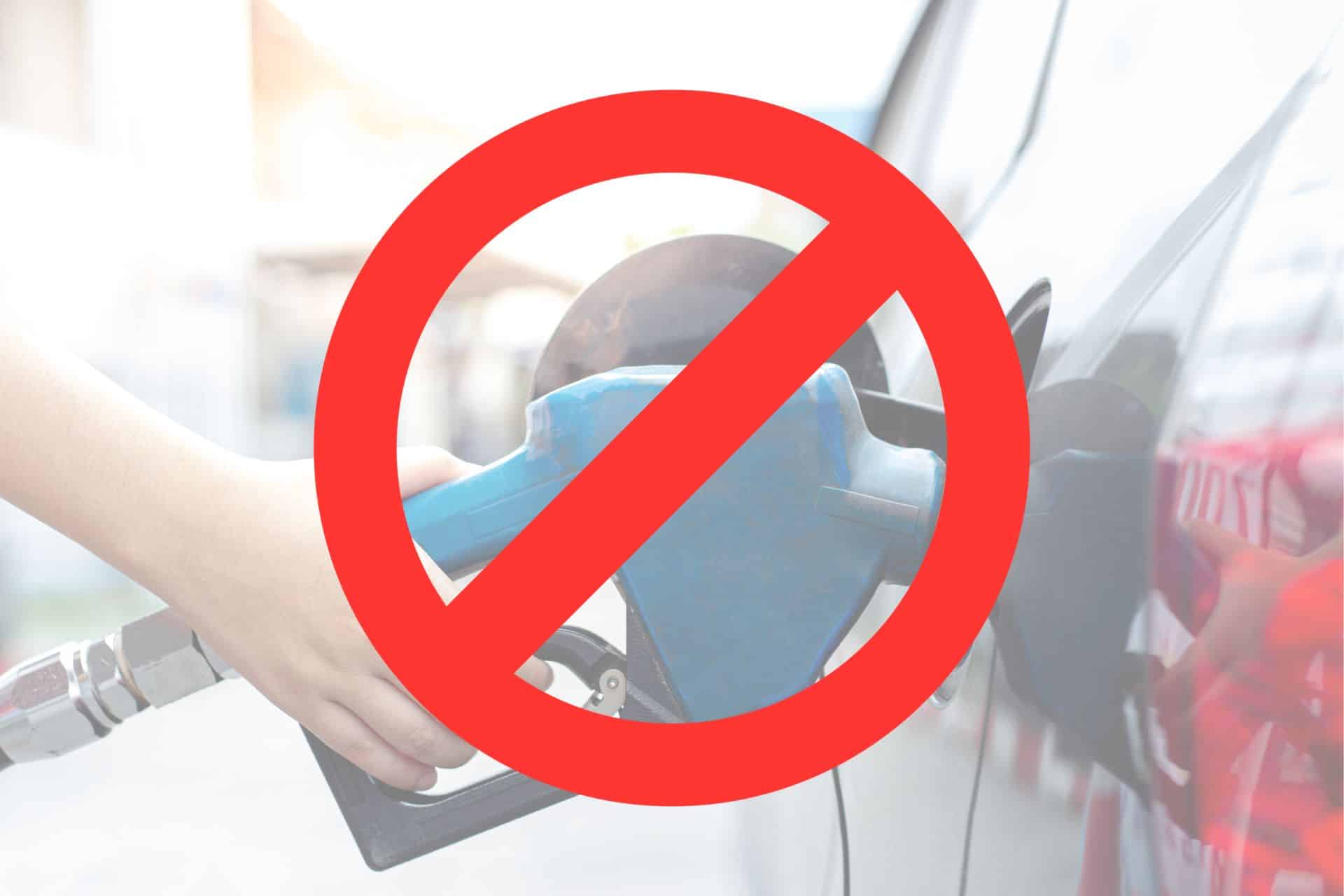Ban on sales of thermal cars in 2035: Parliament has voted

The European Union is progressing through the third of four steps to finalize the ban on the sale of combustion and hybrid cars starting in 2035.
For several months, the European Union has agreed to move forward with the ban on combustion cars in 2025. But the process is lengthy, as it involves four stages. After the text submitted by the European Commission in 2021, the Council and the Parliament had decided on the final version of the law. This latter measure is part of the broader “Fit for 55” plan, aiming to reduce CO2 emissions by 55% within the EU between 2021 and 2030. On February 14, 2023, we reached the third stage when the European Parliament approved the measure. The vote concluded with 340 votes in favor, 279 against, and 21 abstentions.
“These objectives bring clarity to the automotive industry and stimulate innovation and investments for manufacturers,” declares Jan Huitema, the rapporteur of the law, “Buying and driving zero-emission cars will become more affordable for consumers, and a used car market will emerge more quickly. Sustainable driving will thus be accessible to all.” The European Council still needs to validate the text, the fourth and final step.

Some trivial exemptions
The law remains as it was last year. It therefore prohibits the sale of new combustion cars from January 1, 2035, in all European Union countries:
- Gasoline
- Diesel
- E85
- LPG
- CNG
- Hybrids
- Plug-in Hybrids
In summary, the EU will only permit the sale of electric or hydrogen-powered vehicles. Only companies with annual sales between 1,000 and 10,000 units will have a derogation until December 31, 2035. Bentley and Ferrari are not included (with over 15,000 and 13,000 units sold respectively in 2022), and Lamborghini is approaching that (9,000). As for Rolls-Royce (6,000 sales), the British brand already targets 2030 for a 100% electric lineup.
This also applies to light commercial vehicles under 3.5 tons. The European Union also sets an intermediate goal for automakers: a -55% reduction in CO2 emissions on average for cars, and -50% for utility vehicles by 2030.
A new CO2 calculation for cars?
The European Parliament also approved several rules to measure progress towards “zero CO2 emissions”. If you’re unaware, each manufacturer has a yearly target based on the average CO2 per vehicle, with financial penalties for non-compliance. But it’s essential to verify the actual pollution, as real-world emissions often differ significantly from the theoretical values. That’s why the EU “will monitor the gap between emission limit values and actual fuel and energy consumption” by 2026.
In addition, the European Commission plans to establish a lifecycle emissions calculation method by 2025. This would include the origin of the energy used, whether electricity or fuel, as well as the carbon footprint of vehicle production. Currently, only local or “tailpipe” emissions are considered, ignoring factors like brakes or tires.
Finally, the incentives for low-emission vehicles (under 50 g/km of CO2) — a 25% bonus to allow flexibility in the total CO2 level — will disappear in 2030.
This page is translated from the original post "Interdiction des ventes de voitures thermiques en 2035 : le Parlement a voté" in French.
We also suggestthese articles:
Also read





